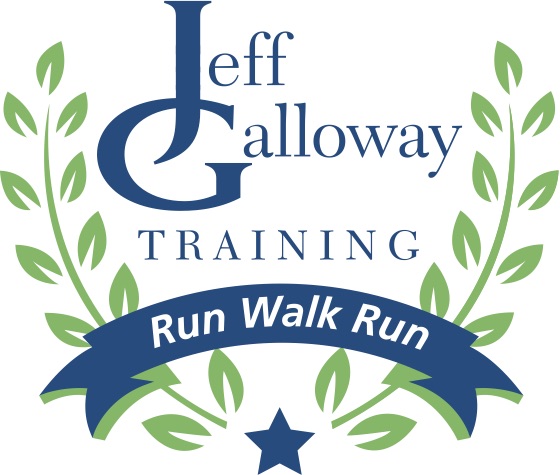The first 5 days of our trip to Japan, in the Tokyo area were full of clinics, runs through parks, sightseeing, and adventures in Japanese cuisine. Barbara and I debated and then tried one of the local sushi places which offered a continual flow of sushi plates, on a conveyer belt right at eye level. We enjoyed each item we tried and consider ourselves Sushi people, now.
Mizuno, my favorite shoe and clothing company, is the top sporting goods company in Japan, I believe. We visited two of their department stores and were amazed at the number of products they offer there. But in Japan, they pronounce it “Meezno” (or something like that).
I didn't know how the Japanese runners would respond to the concept of the Run-Walk-Run method. At least half didn't seem to know how to react, and would probably not try it initially. The other half of the audience, judging from questions and reactions (after trying it in my clinic), were fully into giving it a try. Several Japanese runners told me that they were sold on the method right away. We are looking forward to starting programs in Japan during the next year.
During the two and a half hour flight from the Narita Tokyo airport to Okinawa, Barbara and I reflected on the friendliness of almost every one of the people we met. The Japanese are more than polite. They have a respect for others that is genuinely felt.
Meeting us at the Naha airport in Okinawa was Kim Beard, wellness coordinator for the USMC bases there. She gave us the overview of our mission: to help marines and family members avoid injury, while improving endurance and fitness. There would be meetings with key leaders, presentations on two of the bases and a very well attended clinic on marathon and half marathon training. The first run was set at “0 dark thirty” in the morning—which lived up to its name. The heat and humidity were significant, even for two lifetime residents of the deep South. Once the sun arose, we were very pleased that we ran early.
Running is a key element in the Marine culture and injuries are a major problem. Among our fellow runners in the morning darkness was Dr John Biery, orthopedic specialist for the US Marine Corps in Okinawa. John is a key staff person for the SMART program of running/fitness injury treatment on the Marine Corps bases. SMART allows quick access to treatment and has reduced the continued damage (and extended recovery time) that happens when one runs with an injury. But Dr. Biery is constantly looking for ways to prevent the high volume of injuries he sees every week. As we talked, during our first morning on the base, we agreed that one of the problems could be called “boot camp fitness” concepts.
The “jump start conditioning exercise” that is used during basic training is not an efficient way to improve fitness and endurance. The exercise format serves the real purpose of boot camp: To shock, somewhat abuse, and exhaust the body parts so that the new marine, sailor or soldier will automatically follow orders when exhausted or in pain. The exercises are abusive to most of the muscles and tendons involved—especially due to random punishment drills and sudden increase in intensity.
Running is an important part of the military way of life because it can increase the chance of survival during combat. When marines or soldiers have a high level of endurance fitness, they are more likely to get to a safe place when under attack, are more mentally alert when under stress and more likely to bring body, mind and spirit together to get the job done—even when exhausted. Unfortunately, boot camp training format is the only training program known and used by many leaders, according to military doctors and treatment specialists I have interviewed. When given the responsibility to conduct fitness drills, it is a quick fix that each G.I. knows.
To give credit, this type of intense exhaustive and “in-your-face” exercise bestows an all-purpose conditioning that works in crisis situations. In many cases, however, the workouts push every person in the unit to run at the level of the best in the group or at least the mid level. This means that half are struggling, in pain, or injured. Injuries significantly reduce the capabilities of a significant percentage in many units, and require resources in treatment. John and I both agreed that many of the methods I use could reduce the injury rate greatly while building endurance to a higher level. I've already heard from several who tried run-walk-run after getting a copy of my GALLOWAY TRAINING PROGRAMS book and discovered for the first time in their lives that they actually liked to run.
Backing off intensity early is not part of the Marine culture. To perform better during a prolonged operation, however, conserving resources is the key. I don't try to push my methods on anyone, simply stating the benefits of reduced injury, quick recovery, and faster times in races. There were lots of questions from doubters, but a number of officers came up after the clinics and disclosed that they would be trying my methods. LCDR Biery is trying his best to add prevention to the medical care program in the Marine Corps. I was pleased to help him in his efforts.
Final installment on our Japan trip: Drinking an alcoholic beverage made from poisonous snakes? I tried it and other interesting things in Okinawa…in a few days.
